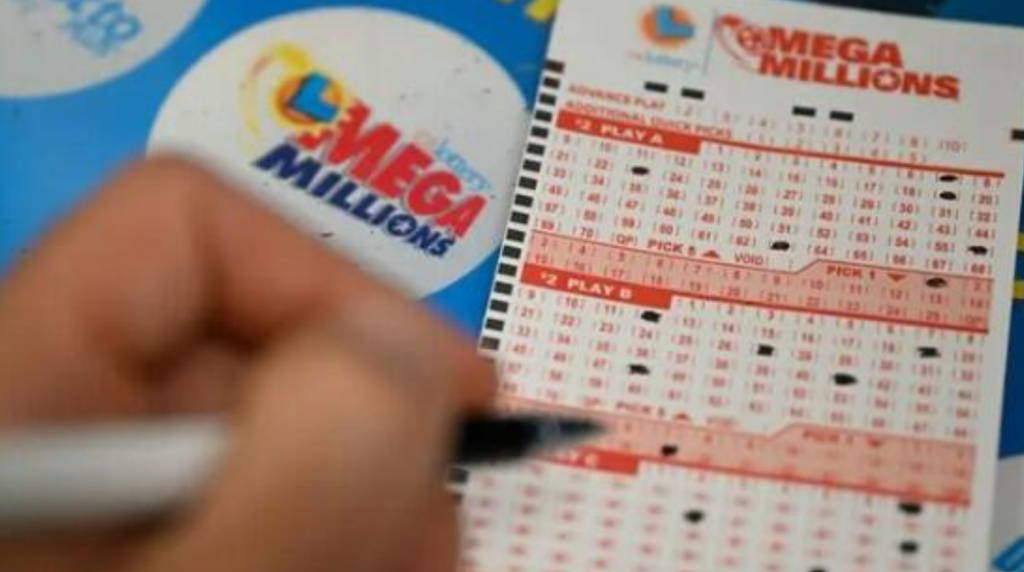The impact of inflation under the Biden/Harris administration has reached even the most unexpected sectors, like the lottery. Notably, Mega Millions is set to increase its ticket price from $2 to $5 starting in April 2025, a decision accompanied by promises of larger jackpots and enhanced winning opportunities. These changes come amidst a broader context where escalating costs affect various aspects of daily life, including essentials like coffee, hinting at a concerning inflation trajectory. Joshua Johnston, the Lead Director of the Mega Millions Consortium, stated that the adjustments aim to engage both loyal players and newcomers, creating excitement around the game.
With this ticket price increase, the Mega Millions aims to rejuvenate interest in its offerings while suggesting that the new changes will lead to increased chances of winning big. Johnston stressed that the adjustments are poised to generate more billion-dollar jackpots, which in turn would create more millionaires and billionaires. The Mega Millions brand, already known for significant payouts, hopes to amplify its appeal. According to Consumer Affairs, this is the second ticket price hike since the game’s format was revamped over two decades ago, the last adjustment occurring in 2017 when the price doubled from $1 to $2.
To justify the ticket price hike, enhancements to the game will include better odds for hitting jackpots along with increased starting jackpots that grow at a faster pace. Additionally, a built-in multiplier feature will allow for larger non-jackpot winnings. Importantly, there will no longer be breakeven prizes; every win will guarantee a profit over the ticket price. With these changes, the Mega Millions entry aims to attract a broader audience and continue its legacy, which boasts six billion-dollar winners since 2018, including the record-setting $1.6 billion prize claimed by a participant from Florida in August 2023.
Despite the price increase set for 2025, players can still engage in regular Mega Millions drawings on Tuesday and Friday evenings. The anticipation surrounding the new features and larger jackpots may draw in more participants eager to try their luck in the hopes of becoming part of the lucrative billion-dollar community. However, one can sense skepticism over the sustainability of these inflated jackpots amid continual price increases; considering the current trend, ticket prices could escalate to $12.50 by 2030, reflecting a worrying pattern of inflation that seems to follow the trajectory of increased ticket costs.
This situation raises questions about the broader implications of economic policy and its influence on consumer behavior, especially in sectors like gambling where players are often hopeful for life-changing windfalls. The planned price increase for lottery tickets concurrently highlights the escalating costs across the board, suggesting that, even in game settings designed for excitement and potential wealth, participants will feel the pinch of inflation. The juxtaposition of promised bigger rewards amidst the grim reality of rising costs encapsulates the tension present in today’s economic climate.
In conclusion, the Mega Millions price hike draws attention to the ongoing issues surrounding inflation and its pervasive impacts, even in entertainment sectors traditionally seen as insulated from economic fluctuations. As the lottery’s leadership aims to generate excitement with larger jackpots, it remains to be seen whether this strategy will effectively engage players without deterring them due to escalating costs. The game, its evolving features, and the broader economic implications reflect a complex interplay of hope, ambition, and the realities of an inflation-stricken economy. With changes looming and an uncertain future, both seasoned players and new entrants will have to navigate their own expectations amid rising ticket prices.

